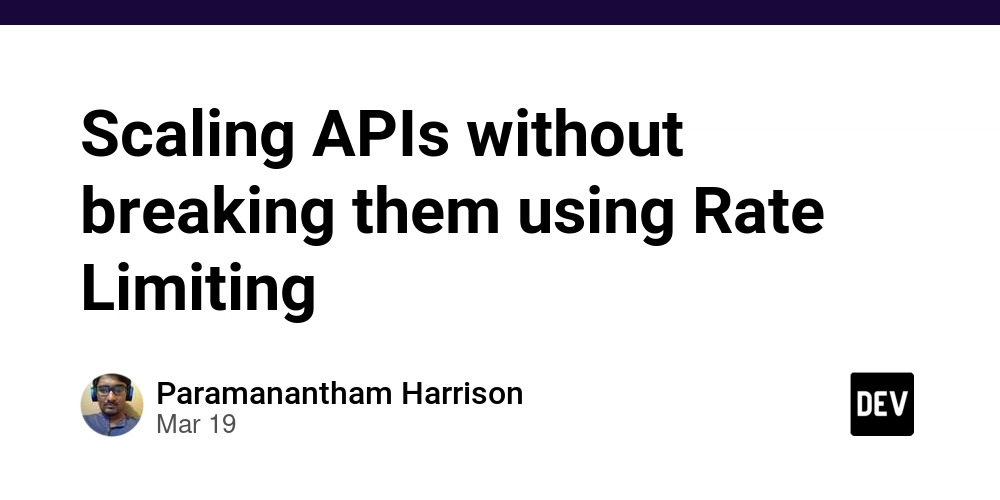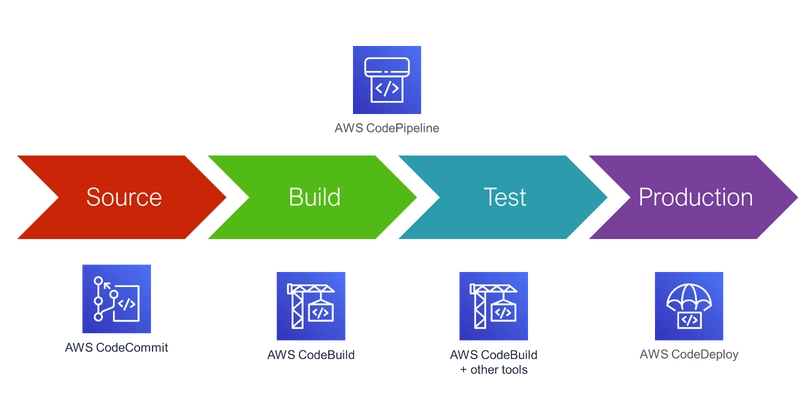Mastering Monitoring with Prometheus: A Comprehensive Guide
Mastering Monitoring with Prometheus: A Comprehensive Guide Introduction In today's fast-paced IT landscape, monitoring is essential to maintaining the health, performance, and reliability of applications and infrastructure. With the rise of cloud-native environments, the need for an efficient, scalable monitoring system has never been greater. Prometheus, originally developed at SoundCloud, has emerged as a leading open-source monitoring solution. It is widely used for its powerful PromQL query language, seamless Kubernetes integration, and robust data model. This article provides a comprehensive guide to Prometheus, covering its architecture, real-world use cases, best practices, step-by-step implementation, and future trends in monitoring. Metrics vs. Monitoring What are Metrics? Metrics are raw numerical measurements collected over time, helping track system performance and health. Examples include: CPU utilization percentage Memory usage trends Network latency across regions Active user sessions on a web platform What is Monitoring? Monitoring is the continuous process of collecting, analyzing, and visualizing metrics to identify anomalies, optimize performance, and troubleshoot issues. It includes automated alerting to notify teams of critical failures before they impact users. Why Prometheus? Prometheus is a time-series database designed for real-time monitoring, making it ideal for tracking system and application health. It supports flexible querying with PromQL, integrates seamlessly with Grafana for visualization, and provides powerful alerting capabilities. Prometheus Architecture Prometheus operates using a pull-based architecture, periodically scraping metrics from configured targets. Its key components include:


Mastering Monitoring with Prometheus: A Comprehensive Guide
Introduction
In today's fast-paced IT landscape, monitoring is essential to maintaining the health, performance, and reliability of applications and infrastructure. With the rise of cloud-native environments, the need for an efficient, scalable monitoring system has never been greater. Prometheus, originally developed at SoundCloud, has emerged as a leading open-source monitoring solution. It is widely used for its powerful PromQL query language, seamless Kubernetes integration, and robust data model.
This article provides a comprehensive guide to Prometheus, covering its architecture, real-world use cases, best practices, step-by-step implementation, and future trends in monitoring.
Metrics vs. Monitoring
What are Metrics?
Metrics are raw numerical measurements collected over time, helping track system performance and health. Examples include:
- CPU utilization percentage
- Memory usage trends
- Network latency across regions
- Active user sessions on a web platform
What is Monitoring?
Monitoring is the continuous process of collecting, analyzing, and visualizing metrics to identify anomalies, optimize performance, and troubleshoot issues. It includes automated alerting to notify teams of critical failures before they impact users.
Why Prometheus?
Prometheus is a time-series database designed for real-time monitoring, making it ideal for tracking system and application health. It supports flexible querying with PromQL, integrates seamlessly with Grafana for visualization, and provides powerful alerting capabilities.
Prometheus Architecture
Prometheus operates using a pull-based architecture, periodically scraping metrics from configured targets. Its key components include:












































































































































































![[The AI Show Episode 142]: ChatGPT’s New Image Generator, Studio Ghibli Craze and Backlash, Gemini 2.5, OpenAI Academy, 4o Updates, Vibe Marketing & xAI Acquires X](https://www.marketingaiinstitute.com/hubfs/ep%20142%20cover.png)




























































































































![[DEALS] The Premium Learn to Code Certification Bundle (97% off) & Other Deals Up To 98% Off – Offers End Soon!](https://www.javacodegeeks.com/wp-content/uploads/2012/12/jcg-logo.jpg)

![From drop-out to software architect with Jason Lengstorf [Podcast #167]](https://cdn.hashnode.com/res/hashnode/image/upload/v1743796461357/f3d19cd7-e6f5-4d7c-8bfc-eb974bc8da68.png?#)








































































































.png?#)


































_Christophe_Coat_Alamy.jpg?#)


.webp?#)





































































































![Apple Considers Delaying Smart Home Hub Until 2026 [Gurman]](https://www.iclarified.com/images/news/96946/96946/96946-640.jpg)
![iPhone 17 Pro Won't Feature Two-Toned Back [Gurman]](https://www.iclarified.com/images/news/96944/96944/96944-640.jpg)
![Tariffs Threaten Apple's $999 iPhone Price Point in the U.S. [Gurman]](https://www.iclarified.com/images/news/96943/96943/96943-640.jpg)




































































































































